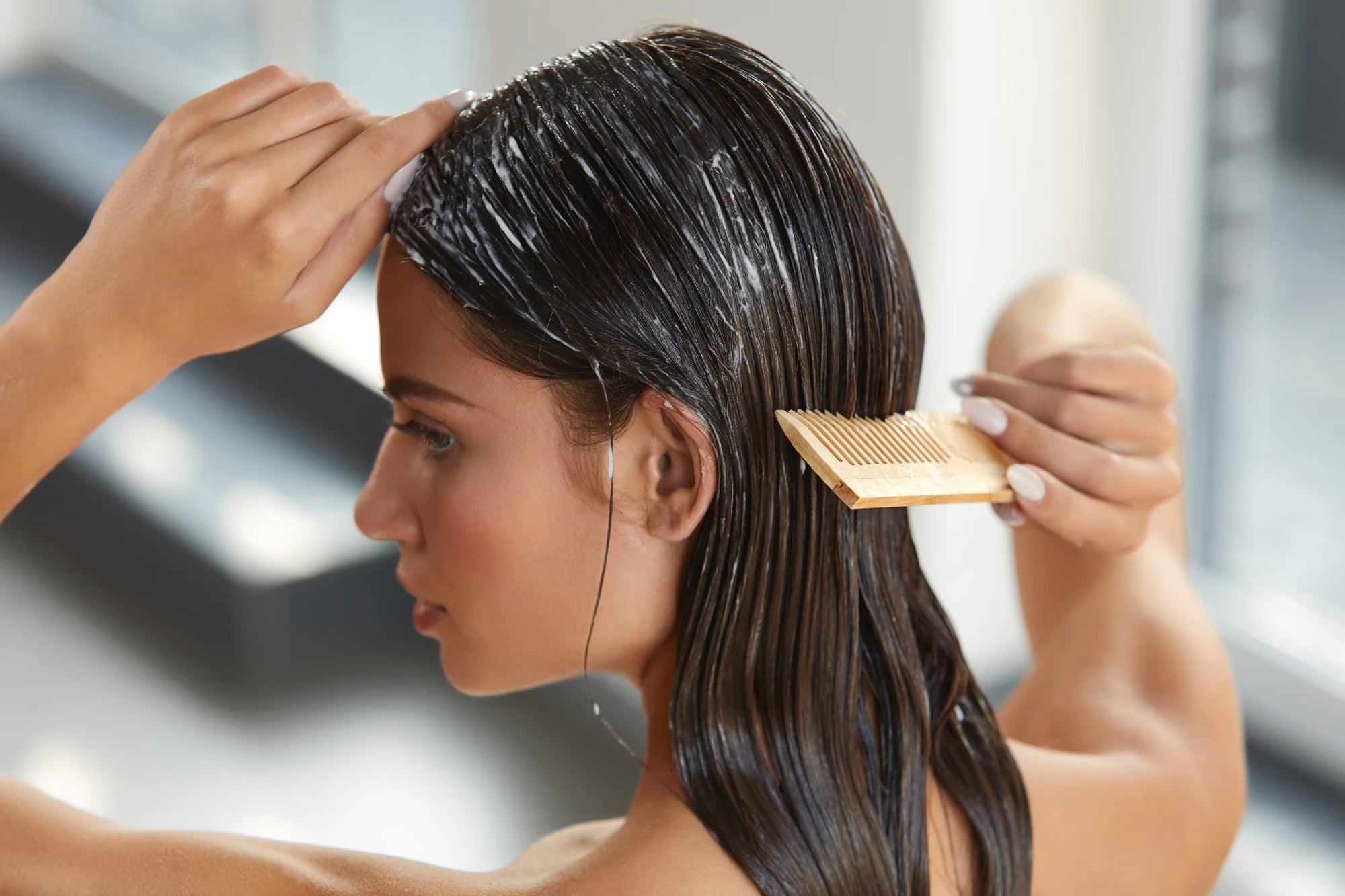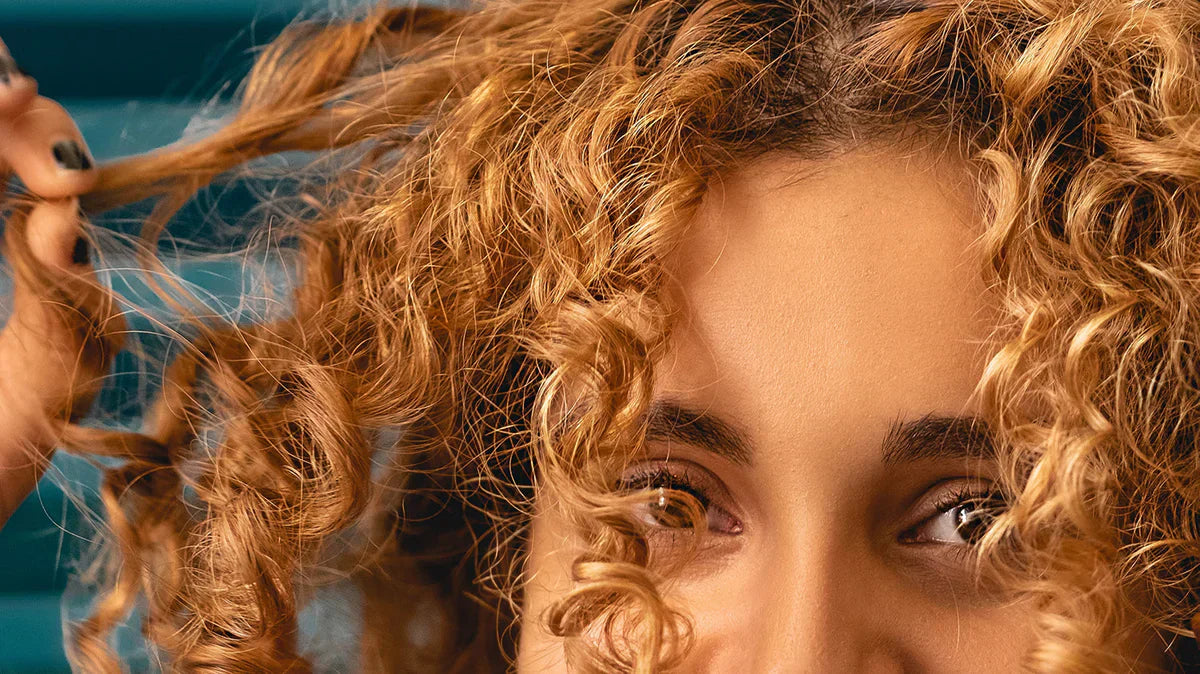Gel and acrylic manicures give a perfect glossy finish and long-lasting wear, but when it is time to remove them, the health of your nails is usually compromised. The combination of nail enhancements with their prolonged usage, incorrect removal methods and specific chemicals results in nails that become weak, brittle, and damaged. You find yourself among many people whose nails require intense care. The right approach together with patience will help you achieve nail strength and beauty that matches your natural nails. Beauty Market Online provides you with a broad range of nail care products that help restore and enhance nail health. From nourishing oils to strengthening treatments, you’ll find everything you need to support your nail recovery process.
Why Do Gel and Acrylic Manicures Weaken Nails?
Gel and acrylic nails produce beautiful, long-lasting manicures, yet they have specific drawbacks. The following factors contribute to nail weakness after using these products:
-
Dehydration: The application process of gel and acrylic requires resins and adhesives, which remove moisture from your nails. The repeated use of these products results in nails that become dry and brittle.
-
Chemical exposure: Acetone is commonly used to remove gel and acrylic nails. Its exposure to nails and surrounding skin leads to the removal of essential moisture and nutrients.
-
Trauma during removal: The nail plate suffers physical harm during improper removal methods, which results in thinness and increased breakage risk.
What Damaged Nails Look and Feel Like
If your nails are suffering from damage, you may notice several warning indicators, which include:
-
Peeling: The nail layers start to peel or chip, which reveals the sensitive inner layers of your nails.
-
Brittleness: Your nails tend to break or crack easily when you apply light pressure.
-
Discoloration: Nails develop a yellowish discoloration, which suggests dehydration and signs of nail damage.
-
Rough texture: After gel or acrylic removal, your nails develop uneven surfaces that produce bumps and ridges.
-
Tenderness: Nail beds become more sensitive, especially if they were damaged during the removal process.
Step-by-Step Recovery Plan for Damaged Nails
Restoring your nails to a healthy state requires a combination of trimming, moisturizing, strengthening, and protecting. Here's how to do it:
1. Trim and Shape Carefully
When your nails are damaged, they require regular trimming to maintain their manageable size. The risk of nail breakage increases with long nails, so you should begin by cutting them short to reduce stress. File the edges with care, but stay away from using metal files or harsh tools because they might lead to more damage. Select a glass nail file because it will help you avoid nail tearing or splitting. The smooth nature of glass files makes them suitable for nail care because they minimize the chance of inflicting extra damage.
2. Buff Gently (or Not at All)
Buffing your nails helps to eliminate ridges or rough spots, but you should use this step only occasionally. Excessive buffing that is too forceful or too frequent will result in thinning nails. You should buff your nails no more than once every 2-3 weeks to keep them smooth. A fine-grit buffer should be used to lightly buff nails, which will help future manicures hold polish better.
3. Moisturize Constantly
The healing process of nails and their strengthening depends on moisture. The nails become more prone to breaking or peeling when they are dry and brittle. Hydrate your nails frequently with nourishing oils or rich hand creams.
Use PRO NAIL Cuticle Revitalizing Oil—infused with nourishing almond and peach oils. It’s the perfect solution for keeping cuticles and nails hydrated.
4. Use a Strengthening Base Coat
Base coats serve as protective measures for weak nails. A strengthening base coat creates a protective barrier between your nails and outside elements such as water or chemicals while also stopping additional breakage. Choose a keratin-enriched base coat because it strengthens and stretches your nails. PRO NAIL Milky Base Coat stands as an outstanding selection. It acts as a nail strengthener, hardener and effectively prevents chipping.
What Not to Do While Healing Your Nails
The process of healing nails requires special care because certain actions should be avoided during recovery time:
-
Avoid applying new gel or acrylic nails: You should refrain from applying new gel or acrylic nails during the 4–6 week recovery period for your nails.
-
Don’t pick or bite your nails: The habit of picking or biting your nails should be avoided since it damages both the nail bed and surrounding skin, thus slowing down the healing process.
-
Avoid excessive water exposure: Exposure to water should be limited because it weakens your nails further. You should wear gloves whenever you perform dishwashing tasks or cleaning duties.
-
Skip the harsh chemicals: Strong chemicals including acetone should be used sparingly because they dry out the nails excessively. Choose acetone-free removers like PRO NAIL - Non-Acetone Nail Polish Remover; it provides professional strength, maximum effectiveness, and is gentle on nails.
Supplements That Support Nail Growth
A balanced diet is necessary to have healthy nails. Specific nutrients are important for maintaining strong nails:
-
Biotin: It is well known for strengthening the nails and making them grow. The recommended dose is between 2,500–5,000 mcg per day.
-
Collagen: It helps to improve the structure and hydration of the nails.
-
Zinc: It is important for healthy nail growth.
-
Iron: It helps to prevent splitting and dryness of the nails due to anemia. Taking these nutrients will help your nails grow strong and healthy.
Best Products for Nail Recovery (Available at Beauty Market Online)
To aid in your recovery, here are some must-have products that will help nourish and strengthen your nails after gel or acrylic manicures:
-
PRO NAIL Massage Oil: It provides deep nourishment to nails, which helps them stay hydrated and supports nail development.
-
PRO NAIL Nail Hardener: Strengthens weak nails and provides protection against harm that occurs when nails heal.
-
PRO NAIL Non-Acetone Remover: This acetone-free remover is gentle on nails and effective at removing polish without causing further damage.
-
PRO NAIL Healing Therapy Lotion: A rich, hydrating lotion that replenishes moisture to dry hands and nails, essential for nail recovery.
How Long Does Nail Recovery Take?
The duration of nail recovery depends on the extent of the damage:
-
Mild damage: 2–3 weeks
-
Moderate damage: 4–6 weeks
-
Severe damage: 2–3 months
Keep in mind that fingernails grow about 3 mm per month, so patience is necessary to see visible improvement.
Maintenance After Recovery
Once your nails feel stronger, it’s important to maintain healthy habits:
-
Apply cuticle oil and hand cream daily to maintain hydration.
-
Base coat application should become a regular habit for your nails whether you have polish on or not.
-
Your nails need occasional breaks between manicures to allow them time to breathe naturally and strengthen.
-
Regular trimming of your nails will help prevent breakage because short and neat nails are less likely to split.
Conclusion
Nail recovery after gel or acrylic removal can be a slow but steady process. A regular approach of trimming, moisturizing, strengthening, and protecting your nails will help you restore them to their former state. The main requirement is to be patient while using quality products consistently to restore your nails. Beauty Market Online provides various nail care products that help customers recover their nail health. The collection includes cuticle oils and nail strengtheners and gentle removers, which will help you restore your nails while protecting them from future harm.
FAQs
1. How long should I wait before using gel or acrylic nails again after recovering my nails?
Wait at least 4 to 6 weeks to allow your nails to fully heal before reapplying gel or acrylic nails.
2. Can I use nail polish during the recovery process?
Yes, use a strengthening base coat and avoid acetone-based removers to protect your nails.
3. How often should I apply cuticle oil during recovery?
Apply cuticle oil once or twice daily to keep your nails hydrated and promote healing.
4. Can I speed up nail growth after acrylic or gel damage?
While you can't drastically speed up growth, hydrating and strengthening treatments can improve the condition of your nails.
5. Should I avoid all nail treatments during recovery?
It's advisable to avoid harsh treatments but consider using gentle strengthening products to support your nails' recovery.



